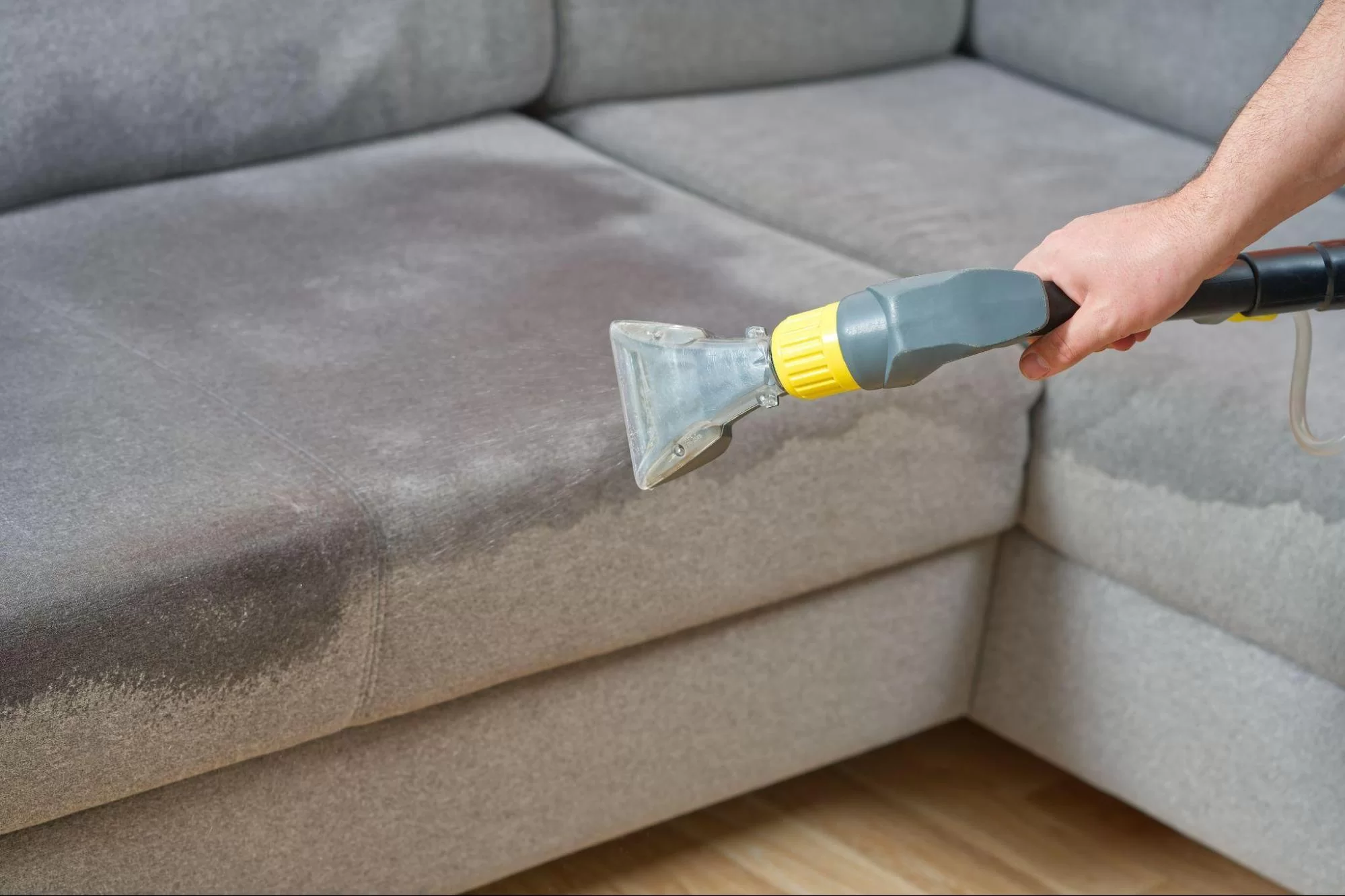

Upholstery Care refers to the specialized cleaning, maintenance, and protection of furniture coverings such as fabric, leather, and synthetic materials. Proper care ensures that upholstered furniture remains clean, fresh, and free from damage, stains, and allergens, ultimately extending its lifespan and appearance.
Fabric Upholstery
Leather Upholstery
Synthetic Upholstery
1. Vacuuming
2. Stain Removal and Spot Treatment
3. Deep Cleaning
4. Leather Care
5. Deodorizing
6. Protection

Copyrights © 2024 Agnifox | Designed & Developed By Zauca